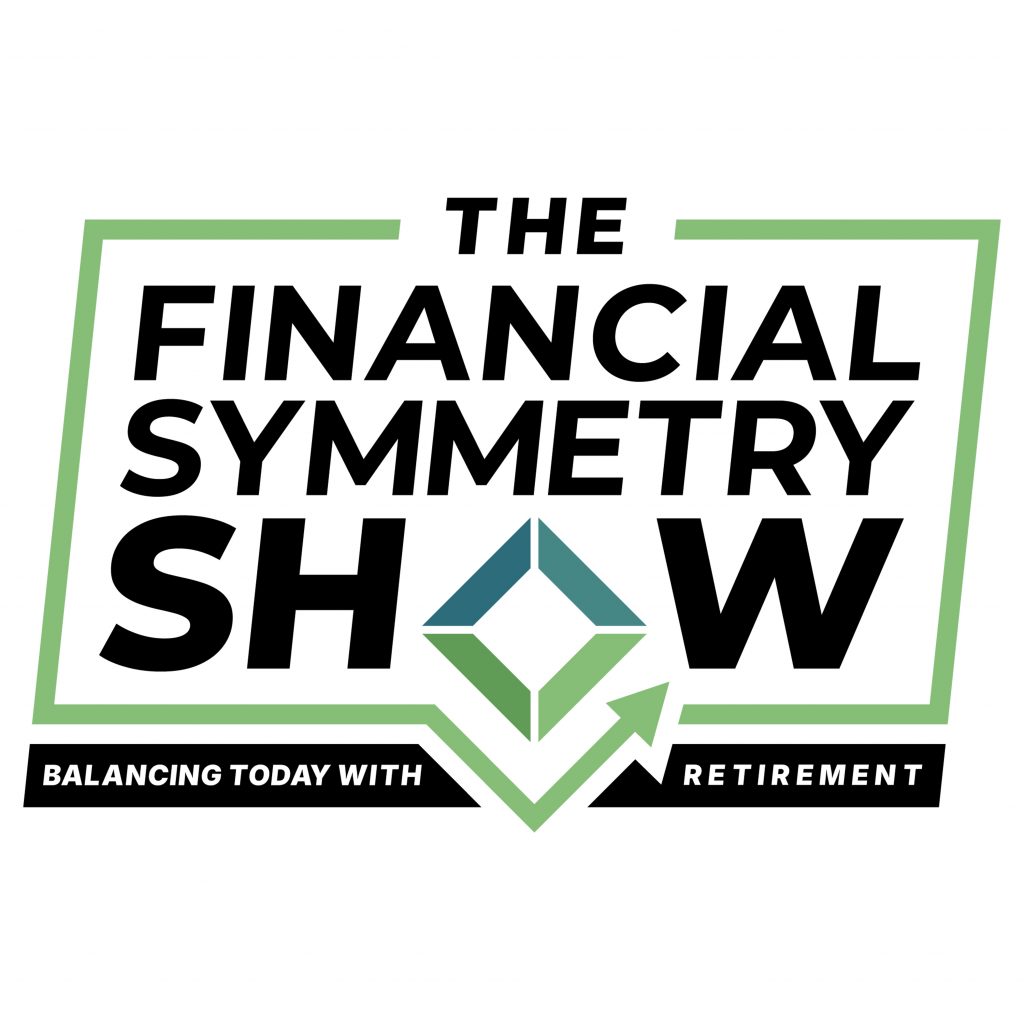Rolling over your 401K is a complicated process so we brought in a few experts, Angela Keeley-White and Heather Gudac, that have helped our clients rollover hundreds of 401K’s. Understanding the unexpected roadblocks surrounding a 401K rollover is a vital step in making the best decisions with your money. Listen to this episode to hear steps of how to properly rollover a 401K quickly and efficiently.
How to rollover a 401K?
Maybe you just left a job or are considering an in-service rollover for part of your 401k, but you’re searching for clear steps on how best to complete it. Because of the variations per company, it depends on the type of account you have and where you want the money to go. A newer concept appearing in 401k accounts in the last few years is the “brokeragelink account.” Brokerage links give you a much wider selection of investment choices often at a lower cost.
How do you tackle the 401K rollover paperwork?
401K rollover paperwork can be quite daunting. Nowadays there are many forms that you can fill out online, but there are still actual papers that must be completed in person. The paperwork can be a bit confusing and overwhelming, but it’s important to fill everything out correctly. Missing just one box, could pause companies from processing your rollover and you could be faced with starting the process all over again. Oftentimes you may need your spouse to sign, a notary to sign, and you’ll also need your plan administrator to sign. Sometimes finding the plan administrator can be tricky, and it can take a few days or even a few weeks to complete the paperwork. If you feel daunted by all the paperwork you might want to consider hiring a professional to help you out.
What are some problems that can arise with a 401K rollover?
One of the most overlooked pieces of a 401k rollover is being out of the stock market during the transition. The rollover process functions best when you can limit your transfer time. Pay careful attention to the timing and ensure that you have all your ducks in a row first. This means that you need to have the accounts where the money is going set up beforehand. If you have a brokerage link you could move “in-kind” to an IRA at the company where your 401k is held first, cutting down on the transfer time. You’ll also want to double check how your investments are allocated, in case you need to change those settings.
An additional wrinkle also appears, when moving an account too quickly after leaving your job. Often your contributions and your employer contributions can take weeks to settle. If the account is moved too quickly, you could face redoing the process, once extra contributions do settle. Patience is required for all the steps involved in moving your 401K and you may have to contact different service representatives to get all of your questions answered.
How can you reduce your risk?
Having your money pulled out of the market for any amount of time can be costly. If there is a way to expedite getting your check you’ll want to do it. Think about it, if you have your money out of the market and it goes up a few percentage points, you could miss some of the best performing days, crippling your long-term performance. Getting the money back in as quickly as possible is important. Listen to Heather and Angela, to help you understand how to rollover a 401K to make your transition run as smoothly as possible.
Outline of This Episode
- [1:27] How do I rollover my 401K is one of the most frequent questions
- [6:16] What’s the best way to tackle the paperwork?
- [7:24] How much time does it take?
- [11:03] What are some problems that can arise?
- [17:05] Where does the money go?
- [27:07] What can go wrong?
Resources & People Mentioned
- Should I Make a Roth IRA Conversion? – Article
- Time, Not Timing, Is What Matters – Article
- Planning to Rollover Your 401k – Article
- Can You Help Me Rollover My 401k – Article
Connect with Heather Gudac and Angela Keeley-White
Connect With Chad and Mike
- https://www.financialsymmetry.com/podcast-archive/
- Connect on Twitter @csmithraleigh@TeamFSINC
- Follow Financial Symmetry on Facebook





